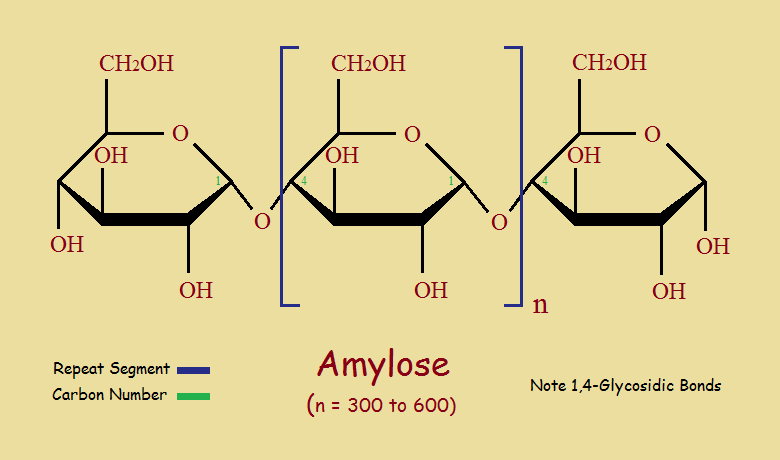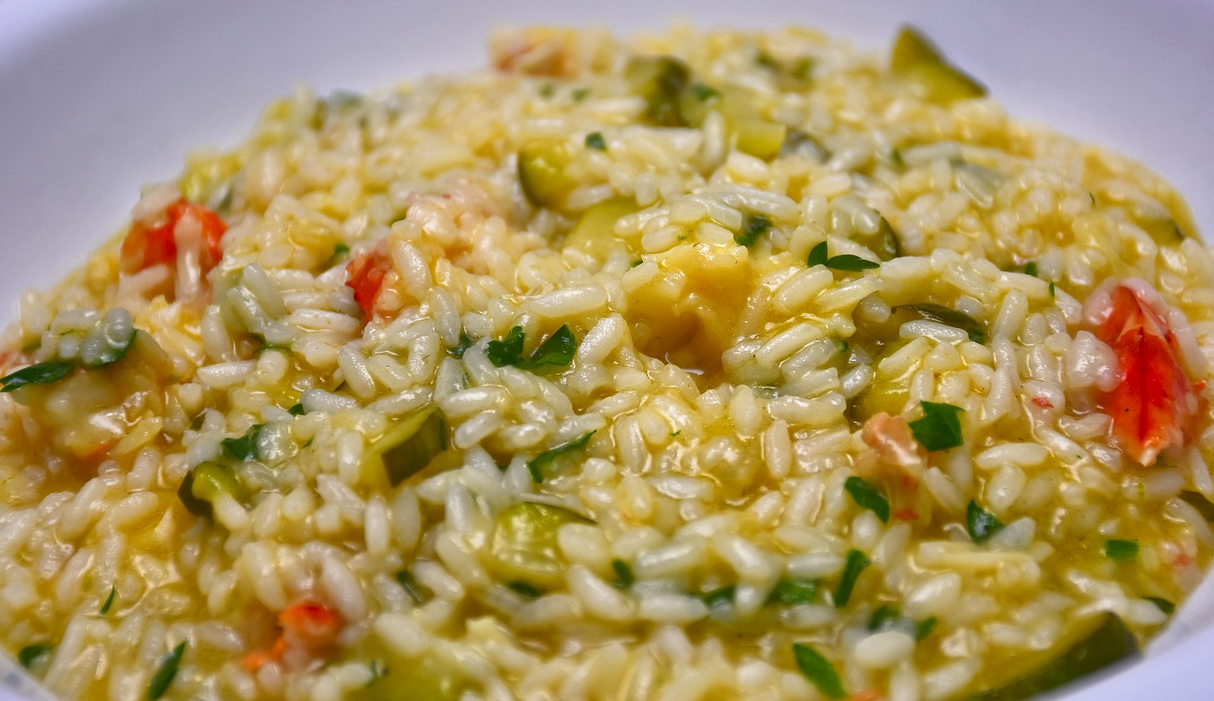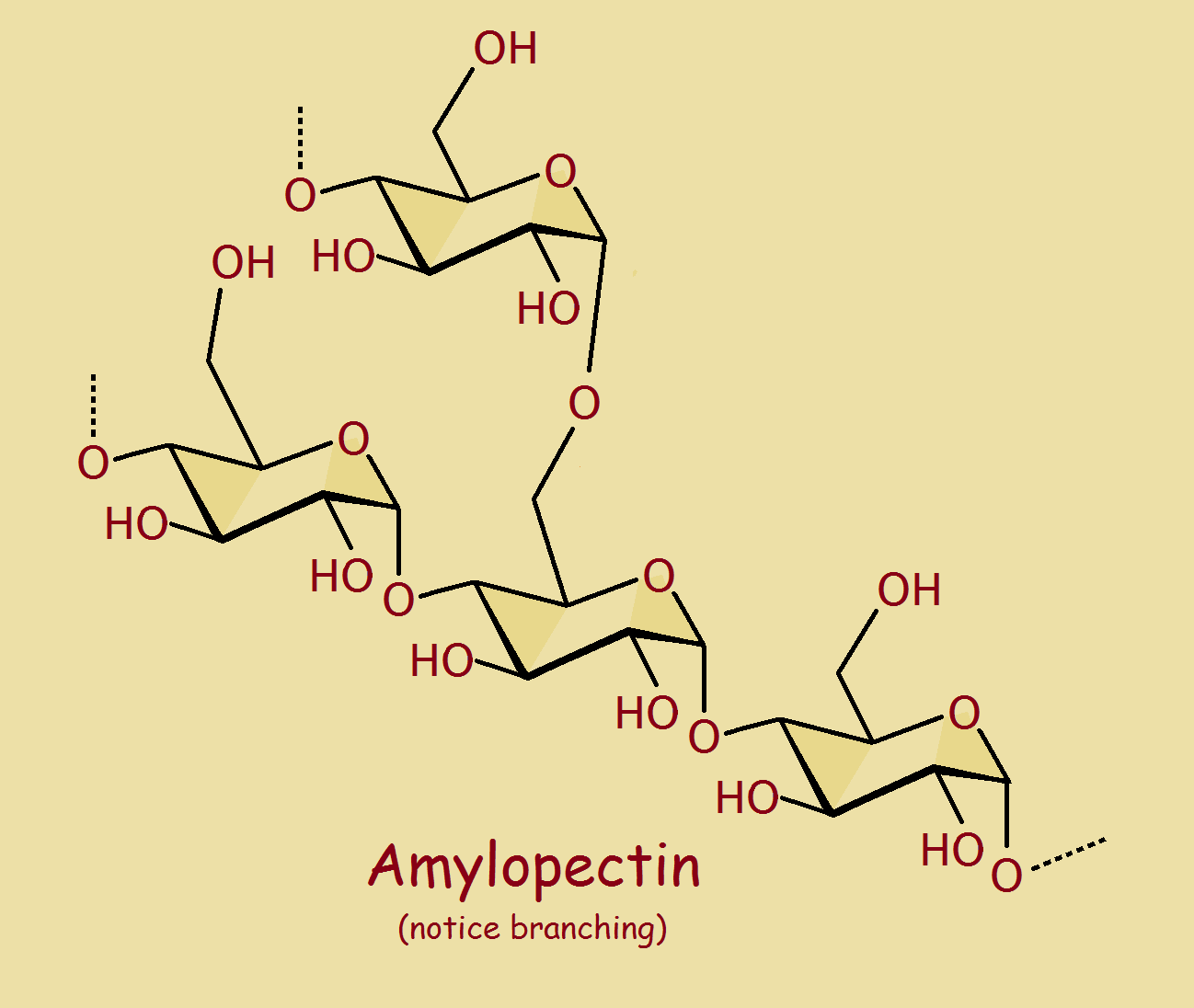Rice is, technically, grass seed! It is the most widely consumed food staple in the world. Rice is a dietary starch, as are maize and potatoes. There are nearly innumerable commercially available rice varieties—more than 40,000. One means of classifying rice varieties is by grain length. Rice of varying grain lengths vary also in starch profiles. Perhaps the most popular rice in the Western World is long grain rice.
Starch Profile versus Grain Length

L.G. rice features grains about four to five times as long as they are wide. It is sometimes sold as brown rice. However, frequently it is milled or polished to remove the bran. It is then sold as white rice. What is the starch profile of this form of rice? The two most important starches are amylose and amylopectin.
L.G. rice grains tend to maintain separateness. This is partly due to the primary variety of starch in the grain. The two most important starches are amylose and amylopectin. In L.G. rice grains, amylose predominates. Why does this make such a difference?
Long Grain Rice Features Amylose

Amylose starch consists of hundreds to thousands of linearly (end-to-end) connected D-glucose rings. The linear structure possesses a helical twist. The length and linearity of the amylose chain decreases its solubility in water and the penetrability of water into the rice grain. So it does not swell much. Also, gelation is lower than it would be if amylopectin were the predominant starch.

Amylopectin
Amylopectin is shorter in length and branched. It is more water-soluble than amylose and subject to a greater degree of gelation. It occurs in greater measure in medium and especially in short grain rice. Thus short grain rice is well suited for moist, soft, and creamy rice dishes such as Italian risottos.
Note: You might also enjoy What is Grappa?
References:
← Back to Food and Health
← Home


I have eaten a lot of rice in my time, both rice pudding (short grain rice) and rice dishes (long grain rice) but I never realised before it was the ability of the rice to absorb water that made the difference.
Parboiled Rice – This “rough” rice has gone through a steam-pressure process before milling that gelatinizes the starch in the grain. This process produces a more separate grain that is light and fluffy when cooked. Converted rice is a type of parboiled rice that has been further pre-cooked, which ultimately allows you to whip up dishes of rice even faster.
Do short grain rice and pre-cooked rice have different glycemic indexes? Reason for asking, I have lived in the US my whole life, traveling to Japan every other year. The rice there does not seem to affect me the same way the rice in the states does. The rice here makes me incredibly lethargic after eating it and not so much in Japan. Curious?